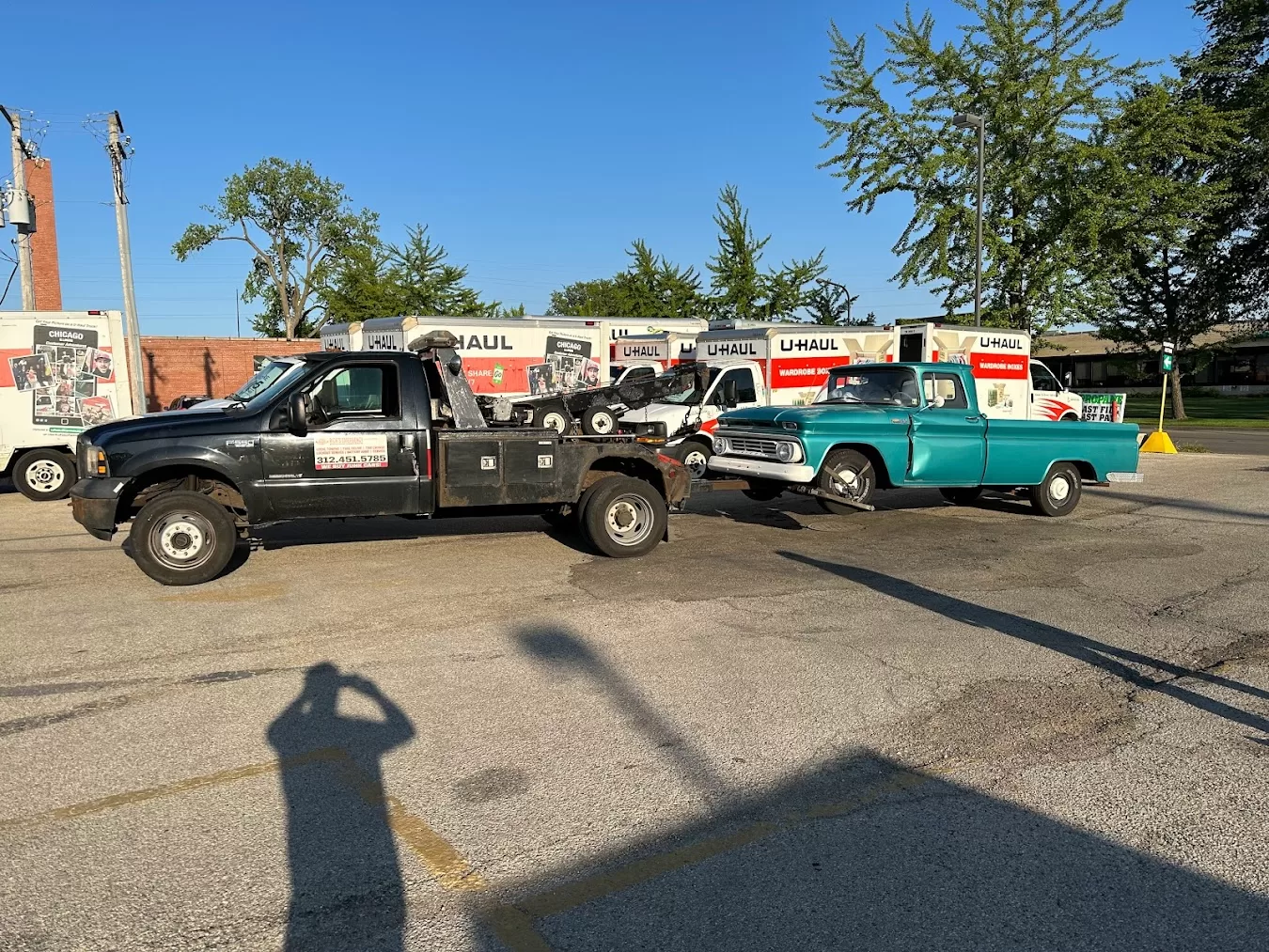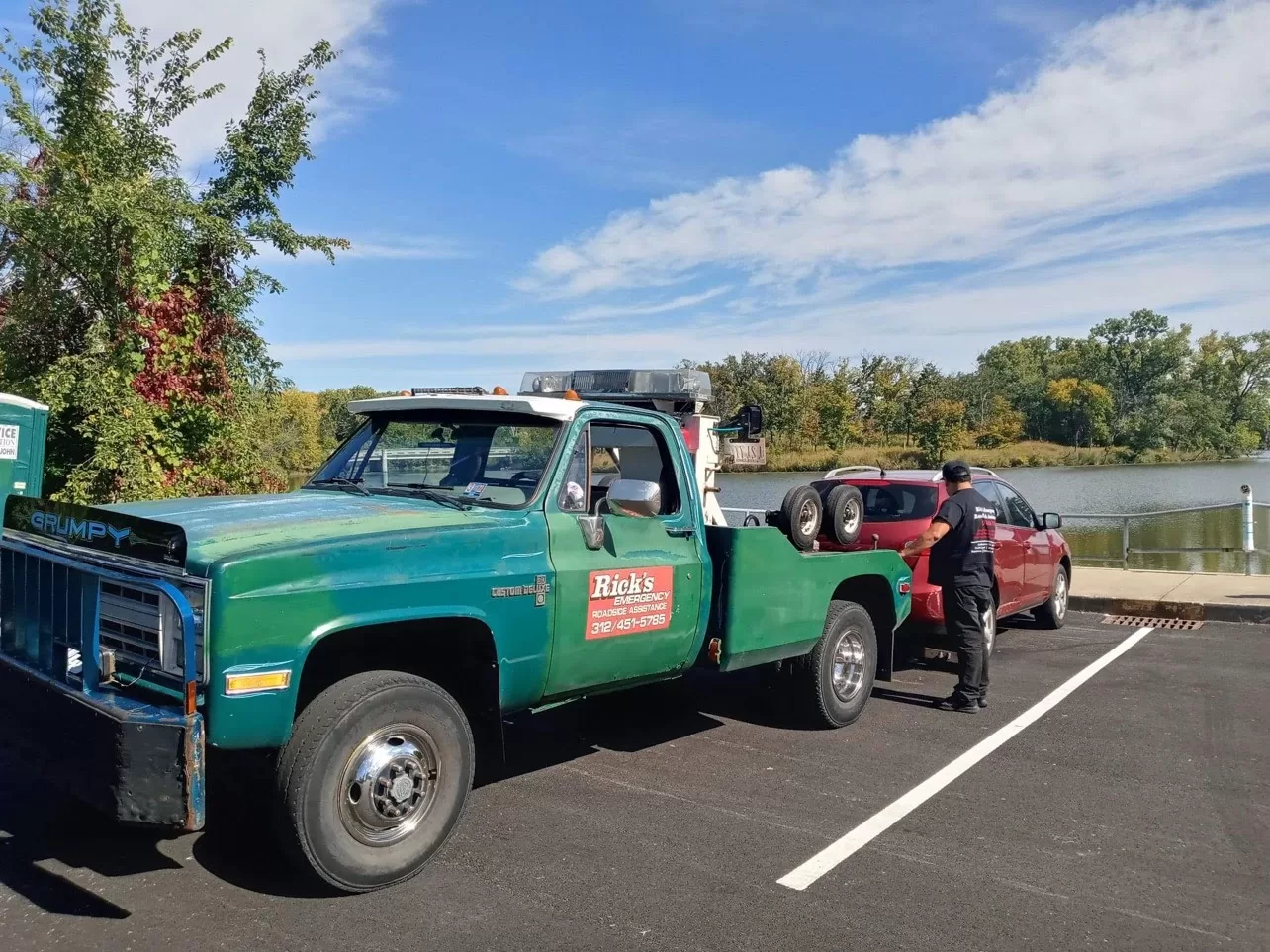Jump-starting a car can be a quick and effective solution when your battery dies unexpectedly. While the process might seem intimidating, it’s actually straightforward when you know the steps and have the right tools. In this guide, we’ll walk you through everything you need to know about jump-starting a car, from what equipment to use to a step-by-step guide that ensures a safe start. Let’s get your car back on the road quickly and safely.
What To Expect
Jump-starting a car usually takes about 5 to 10 minutes from start to finish. If your car’s battery is simply drained, a quick jump-start can get it going, allowing you to drive to your destination or a repair shop for further inspection. It’s important to understand, however, that if the battery dies repeatedly, there may be an underlying issue such as a bad alternator, battery, or starter that will need professional attention.
What You’ll Need
To jump-start a car, you’ll need a few key items to safely and efficiently perform the jump. Here’s what to gather:
- Jumper cables: These are essential for transferring power from one battery to another. The cables should have well-insulated handles and heavy-duty clamps.
- A second vehicle: This car needs to have a fully charged battery.
- Gloves and eye protection: These are optional but recommended for added safety.
- Owner’s manual: For vehicle-specific instructions and to confirm battery locations.
How To Jump-Start Your Car: A Step-By-Step Guide
Jump-starting a car involves several important steps that should be done in the correct order to ensure safety. Follow this guide closely, and you’ll be able to jump-start your car in no time.
Step 1: Park the second vehicle close to the one that needs a jump.
Park the second car so that its battery is close to the battery of the car needing a jump. Both cars should be in park or neutral, and the engines should be off. Make sure both vehicles’ parking brakes are engaged for added safety. Keep a slight distance between the vehicles to avoid any contact.
Step 2: Locate the battery terminals.
Open both car hoods and locate the battery terminals on each battery. You’ll see positive (+) and negative (-) terminals on each battery. It’s important to correctly identify each terminal, as connecting the jumper cables incorrectly can cause damage to the vehicles’ electrical systems.
Step 3: Connect the cables to the battery terminals.
- Attach one red clamp to the positive terminal of the dead battery.
- Connect the other red clamp to the positive terminal of the working battery.
- Attach one black clamp to the negative terminal of the working battery.
- Connect the other black clamp to an unpainted metal surface** on the car with the dead battery, ideally on the engine block. This helps ground the connection and prevent sparking.
Step 4: Start your engine.
- Start the engine of the working vehicle and let it run for a few minutes.
- After a few minutes, try starting the vehicle with the dead battery. It should start if the jump was successful. If it doesn’t start after a couple of attempts, allow the working vehicle to run for a few more minutes and try again.
Step 5: Disconnect the jumper cables.
Once the car with the dead battery is running, it’s time to disconnect the cables in the reverse order:
- Remove the black clamp from the grounded metal surface on the car that was jump-started.
- Remove the other black clamp from the negative terminal of the working battery.
- Remove the red clamp from the positive terminal on the working battery.
- Finally, remove the red clamp from the positive terminal on the jump-started vehicle.
Allow the jumped car to run for at least 15–30 minutes to help recharge the battery, or drive directly to a service center if you suspect further issues.
If It Happens Again
If your car’s battery dies again shortly after being jump-started, it’s a sign of a deeper issue. The battery might not be holding a charge, or there could be a problem with the alternator or starter. In this case, it’s best to have your car inspected by a professional.
Our Recommended Products to Help You Jump-Start Your Car Like a Pro
Having the right tools can make jump-starting easier and safer. Here are some of our top recommendations for jump-starting equipment:
Cartman Jumper Cables
These heavy-duty cables are well-insulated and offer strong, secure clamps for reliable connections. They’re durable and provide excellent conductivity, making them ideal for both small and large vehicles.
EverStart Jumper Cables
A trusted brand for many drivers, EverStart offers cables with robust insulation and easy-to-use clamps. They’re available in various lengths, making them versatile for different types of jump-starting situations.
TopDC Jumper Cables
TopDC’s cables are known for their heavy-duty design and strong clamp strength. They’re designed to prevent overheating and are ideal for more challenging jump-starting conditions.
Clore Automotive JNC325 Portable Jump Starter
This portable jump starter is perfect for those who prefer not to rely on another vehicle for a jump-start. With its powerful battery, it can jump-start most vehicles with ease and includes added safety features to prevent accidental sparking.
Magnetic Lights
If you’re jump-starting in low-light conditions, magnetic lights can be attached under the hood to help you see what you’re doing, making the process safer.
Pocket Screwdriver
A small, handy tool like a pocket screwdriver can help you access battery terminals or remove covers if needed. It’s a useful tool to keep on hand for quick adjustments.
FAQs
Can you jump-start a car with a bad alternator?
Yes, you can jump-start a car with a bad alternator, but the battery won’t stay charged for long. If the alternator is failing, the car will likely die again once the battery is drained. In this case, you should drive directly to a repair shop for further inspection.
Can you jump-start a car with a bad starter?
No, if the starter is bad, jump-starting the car won’t resolve the issue because the starter is responsible for cranking the engine. In this situation, you’ll need professional repair services to fix or replace the starter.
Can you jump-start a car in the rain?
Yes, it’s safe to jump-start a car in the rain as long as you exercise caution and ensure the cables don’t get submerged or exposed to puddles. Be careful to keep your hands dry and avoid any wet areas around the batteries to prevent electric shocks.
Can a car battery be too dead to jump-start?
Yes, in some cases, a battery can be too drained to respond to a jump-start. This is often referred to as a “dead cell.” If jump-starting doesn’t work after a few tries, the battery may need to be replaced.
Does jump-starting a car damage the computer?
Generally, jump-starting won’t damage a car’s computer as long as it’s done correctly. However, connecting the cables incorrectly could cause voltage spikes that can potentially harm electronic components. Always follow the correct procedure to avoid any issues.
Can you jump-start a car without another car?
Yes, you can use a portable jump starter to jump-start a car without another vehicle. These devices are easy to use and are particularly helpful when there’s no other car available to provide a jump.
Why Trust Us
At Rick’s Emergency Roadside Assistance, we’re experienced professionals dedicated to helping drivers with roadside emergencies, including battery issues. Our team understands the importance of getting you back on the road quickly, and we’re committed to providing safe, effective assistance for all your roadside needs. With years of experience and a focus on quality, you can trust us to help keep your vehicle in top shape.
Auto Maintenance
Regular auto maintenance can help prevent dead batteries and other roadside issues. Here are a few tips to keep your car’s battery and electrical system in good condition:
- Check battery terminals regularly for corrosion and clean them as needed.
- Inspect the battery for any visible signs of wear, such as bulging or leaking.
- Have your battery tested annually, especially if it’s over three years old.
- Limit short trips, as short drives prevent the battery from fully charging.
- Turn off lights and accessories when the engine is off to prevent draining the battery.
Keeping up with regular maintenance can extend the life of your battery and help reduce the likelihood of needing a jump-start.
With this guide, you’re well-prepared to jump-start your vehicle safely and effectively. For more complex issues or professional roadside assistance, call Rick’s Emergency Roadside Assistance at (312) 451-5785. We’re available 24/7 across Chicago to provide fast, reliable support when you need it most.


